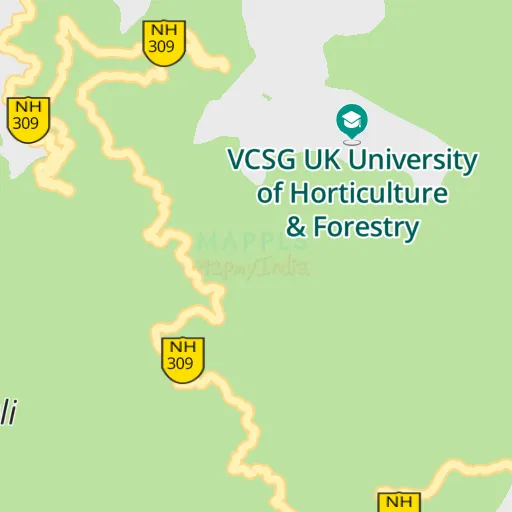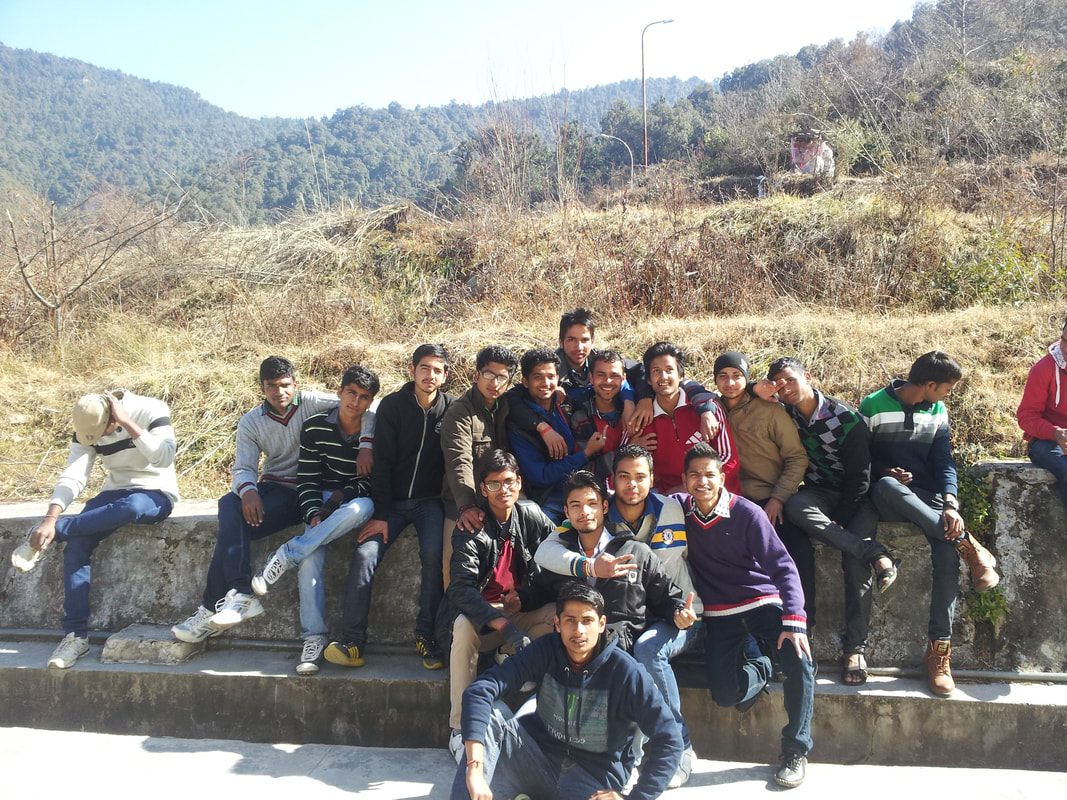Check out our FREE printable insect trading cards!
Educational Features
'Scientists who study large and charismatic megafauna have little trouble inspiring awe and love for their research subjects. As entomologists, we are often frustrated because we have the opposite experience. We are, however, keenly aware of one major advantage over our colleagues when interacting with the public: insects are everywhere. No one grows up without having some sort of interaction with insects. Insects are familiar, accessible, and often misunderstood. Misunderstanding has the potential to be converted into the mysterious and wonderful. Insects are a perfect tool to engage the public in science.'
What does an Entomologist do? Entomologists study insects and their relationship to humans, other organisms, and the environment. The study of insects creates the building blocks for developments in chemical and biological pest control, food production, biological diversity, and a variety of other fields in science. Cornell University offers 4 Entomology Degree programs. It's a large private university in a small city. In 2015, 14 students graduated in the study area of Entomology with students earning 5 Doctoral degrees, 5 Bachelor's degrees, and 4 Master's degrees.
'Connecting Across Campus Through Cultural Entomology,' American Entomologist, June 2016.
Development and Implementation of a Bed Bug IPM Enrichment Curriculum, Part 1
Development and Implementation of a Bed Bug IPM Enrichment Curriculum, Part 2
Schools provide excellent opportunities for bed bug (Cimex lectularius) introductions and re-introductions. Because bed bugs so small, they can be unwittingly transported from infested homes to school on a child's belongings, including book bags and lunchboxes.
“As concerns about bed bug sightings began to increase and schools began to report bed bug introductions, an expert group convened by the Environmental Protection Agency recommended development of curricula to teach young students about bed bug biology and management. The Bed Bugs and Book Bags curriculum is our response to this recommendation. This third- through fifth-grade curriculum was developed using a six-step process, and has been implemented by health educators, teachers, and the pest management industry within and outside of the United States. The curriculum consists of 10 lessons correlated with state health educational standards and is specifically designed to educate teachers and students about bed bugs.”
- 'Development and Implementation of a Ben Bug IPM Enrichment Curriculum,' American Entomologist, June 2016.

Dressed for Success: An Outreach Activity in Entomology for Elementary School Children
'As professional entomologists, we often are called upon to visit elementary schools to present programs on insects. Not only is it important to share our experiences with young people to instill an interest in insects, but the presentation of programs also provides an important community service. Presentations have the potential to increase public understanding and appreciation for the success, diversity, and ecological importance of insects and the need for their conservation. Presentations also may inspire young people to consider a career in entomology.'
'Dressed for Success: An Outreach Activity in Entomology for Elementary School Children,' American Entomologist, January 1996.
Flies in the family Sarcophagidae, commonly known as flesh flies, depositing hatched or hatching maggots on carrion, dung, decaying material, or open wounds of mammals. Because they will colonize human remains early in the decay process, they can be useful evidence for forensic entomologists when they are present.
Universities, Courses & Entomology Clubs The study of insect science can provide a fascinating and rewarding career. Typically, entomologists study insects and their relationships to the environment, humans, animals and other organisms. Entomologists involved in education may be responsible for teaching courses, grading exams, designing lab activities, supervising student research, mentoring graduate students, and pursuing their own research goals. An entomologist is someone who specifically focuses on the scientific study of insects, with most entomologists focusing on a specific type of insect. For instance, an entomologist who focuses on bees is called an apiologist, one who studies beetles is called a coleopterist and one who studies butterflies is known as a lepidopterist. Careers in this field can range from agricultural.
“Why are students more interested in 'bugs' in the realm of forensic entomology than when discussed in other contexts? The explanation is centered in part with the 'CSI effect' stemming from public fascination with crime shows (Rivers and Dahlem 2014). Augmenting that curiosity are maggot topics addressed by television programs like Dirty Jobs, MythBusters (both airing on the Discovery Channel), and others that help perpetuate the 'gross, yet fascinating' effect. My students have found the idea of using fly maggots to solve murders to be intriguing. More importantly, students with this point of view may be displaying a different level of intellectual curiosity than those being 'forced' to take a traditional population biology course.”
- 'Engaging Undergraduate Students in Insect Biology Through Forensic Entomology,' American Entomologist, June 2016.
Science as a Process in the Classroom: Using Insects as Teaching Models
'As the discipline undergoes this national reform movement, life science faculty have been challenged to teach biology the way we practice biology; to foster in our students an appreciation for the scientific process that can be even more important and informative than any collection of memorized facts ( Brewer and Smith 2011 ). With this challenge as the guidepost, biology educators and researchers have developed pedagogical methods designed to infuse core concepts and competencies into every course, research experience, and learning opportunity that students encounter during their undergraduate career as a major in the biological sciences.'
'Science as a Process in the Classroom: Using Insects as Teaching Models,' American Entomologist, June 2016.
Teaching Ecology with Caterpillars: Comparing the Growth of Two Generalists Reared on Novel and Known Host Plants
The cabbage looper (Trichoplusia ni) feeds on a wide variety of plants and weeds, from broccoli, cabbage, and cauliflower to beets, cantaloupe, cotton, and tobacco. Larvae consume three times their weight in plant material daily.
“Applying the scientific method in a laboratory setting should be the focus of college science courses. Lab work also provides experience in data collection, analysis, and interpretation: important preparation for research and medical careers. In-class research using insects is popular due to the ease of obtaining, rearing, and working with insects. Moreover, using insects in class projects can demonstrate to students their broad applicability as models for all biological systems.”
-'Teaching Ecology wih Caterpillars: Comparing the Growth of Two Generalists Reared on Novel and Known Host Plants,' American Entomologist, April 2012.
Telling Insect Tales: Assessing the Effectiveness of Educational Stories
The eastern lubber grasshopper (Romalea microptera), one of the most distinctive grasshoppers of the southeastern United States, is incapable of flight, unlike many other species of grasshoppers. It mostly travels by walking and crawling
“Why not use insect stories to help children learn about and love entomology, and science in general? From an early age, children may be fascinated by insects, which are small, mobile, and often colorful. All of these features have the potential to intrigue children and may transport them to a fantastic world, exciting their curiosity, which is such an important component of learning that it was considered by Mainardi (1975) a 'capital resource of humanity.' Our hypothesis is that contact with this fascinating world of insects may engage children and enable them to face the challenge of learning the complex realities that govern the world of nature.”
- 'Telling Insect Tales: Assessing the Effectiveness of Educational Stories,' American Entomologist, January 2011.
Featured Insect
What Is It?
Blue bottle fly proboscis (image)
Answer (page 2)
Columbian pendant from the 5th century CE (image)
Answer (page 2)
Midgut (image)
Answer (page 2)

Pearly underwing eggs (image and answer)
Western flower thrips egg (image)
Answer (page 2)
Entomologybharsar Students Jobs

Entomologybharsar Students Login
